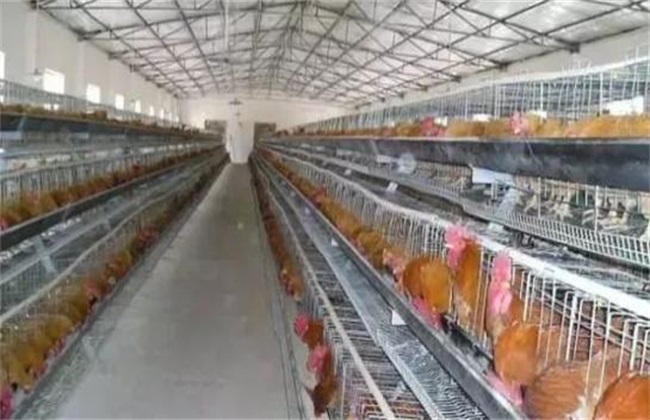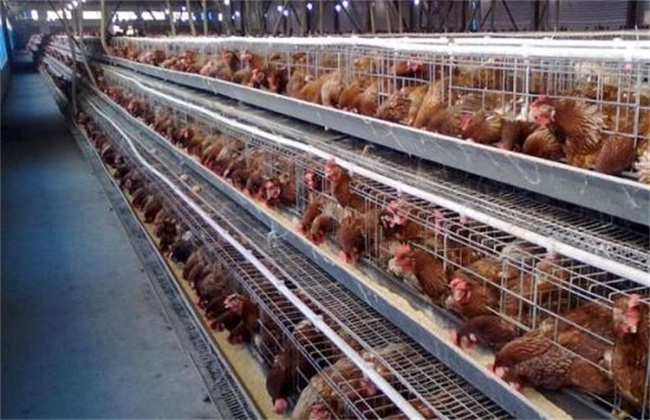Management techniques of field snail culture
Field snail is a very common wild aquatic animal in China. The meat of field snail is very delicious and is liked by many people. It has gradually become a very popular snack in our country, so now the breeding area of field snail is very large. When raising field snails, management is very important. So the editor has brought you the culture and management technology of field snails today, let's take a look at it!

1. Aquaculture water
The growth adaptability of field snail is relatively strong, in general, as long as it is not harmed by a large number of pesticides and fertilizers, the disease is still very few. Only in flat areas, such as ponds, rice fields, etc., can be stocked. Keep the silt at the bottom about 12 cm thick, and the area should be controlled according to the amount of culture. You can plant some aquatic plants in the water, and then plant some vines of vegetables around for shade. Ten days before the snail is put, an appropriate amount of quicklime should be put into the pond for disinfection to eliminate excess wild fish, shrimps and miscellaneous snails.
2. Feeding and management
When raising field snails, if it is extensive farming in natural waters, then we should pay attention to controlling the fatness of the water body. In breeding, an appropriate amount of farm manure and other organic fertilizers should be put in regularly to meet the nutritional needs of snail growth. Then it is necessary to control the culture density, if the culture is denser, then the bait should be put manually. Although it is necessary to apply fertilizer and feed properly, the demand for nutrition of field snails is not very high. Generally, common substances such as rice bran and wheat bran can be used as high-quality feed for field snails and can fully meet the growth needs of field snails.
3. Temperature feeding management
Temperature is very important to the growth of field snail, and it will directly affect the feeding of field snail. In general, the suitable growth temperature of field snail is about 22-27 degrees, and the food intake of field snail is very large in the suitable growth temperature. Therefore, it is necessary to feed once in about two days, and control the food intake, keeping the food intake at about 2% of the snail's body weight. If the water temperature is about 18 degrees or 29 degrees, then it can be fed about twice a week. If the temperature exceeds the range of 15-30 degrees, then reduce the amount of food, or do not feed.
4. Daily management
In daily management, attention must be paid to strictly prohibiting the pollution of harmful substances such as pesticides and chemical fertilizers. Then it is necessary to do a good job in the prevention and control of natural enemies such as birds and ducks. Often clean up the weeds in the water to avoid affecting the normal growth of field snails. Conditional can maintain micro-flow of the water body, the water level is controlled at about 30 centimeters. In summer and other high temperature seasons, increase the water flow, avoid the rise of water temperature, but also increase the amount of dissolved oxygen in the water body. In winter, the snail will hibernate, at this time, change the water about twice a week, and then sprinkle some chopped straw into the water to improve the heat preservation ability and ensure that the snail can survive the winter safely.
The above is a brief introduction to the management technology of field snail culture. That's all for today's introduction. This article is for reference only. I hope I can help you reach it.
Related
- On the eggshell is a badge full of pride. British Poultry Egg Market and Consumer observation
- British study: 72% of Britons are willing to buy native eggs raised by insects
- Guidelines for friendly egg production revised the increase of space in chicken sheds can not be forced to change feathers and lay eggs.
- Risk of delay in customs clearance Australia suspends lobster exports to China
- Pig semen-the Vector of virus Transmission (4)
- Pig semen-the Vector of virus Transmission (3)
- Five common causes of difficult control of classical swine fever in clinic and their countermeasures
- Foot-and-mouth disease is the most effective way to prevent it!
- PED is the number one killer of piglets and has to be guarded against in autumn and winter.
- What is "yellow fat pig"? Have you ever heard the pig collector talk about "yellow fat pig"?



